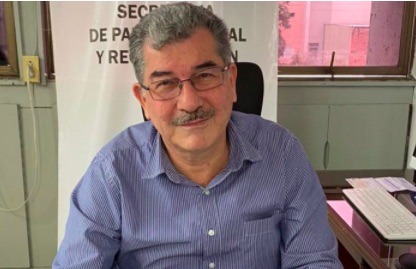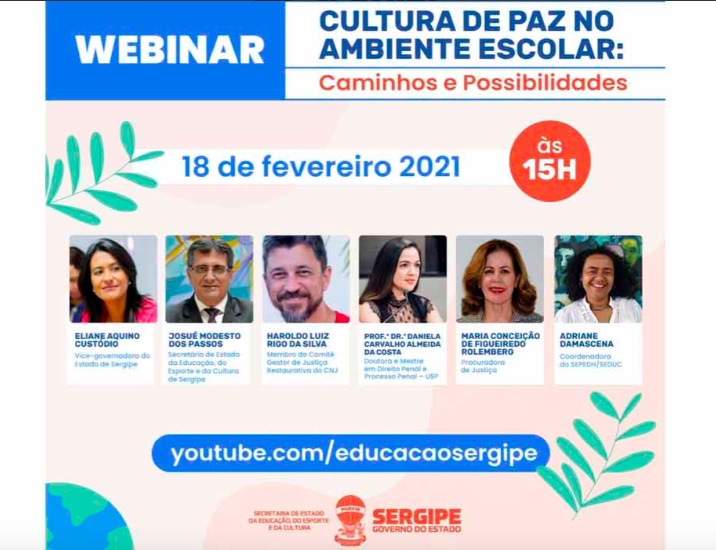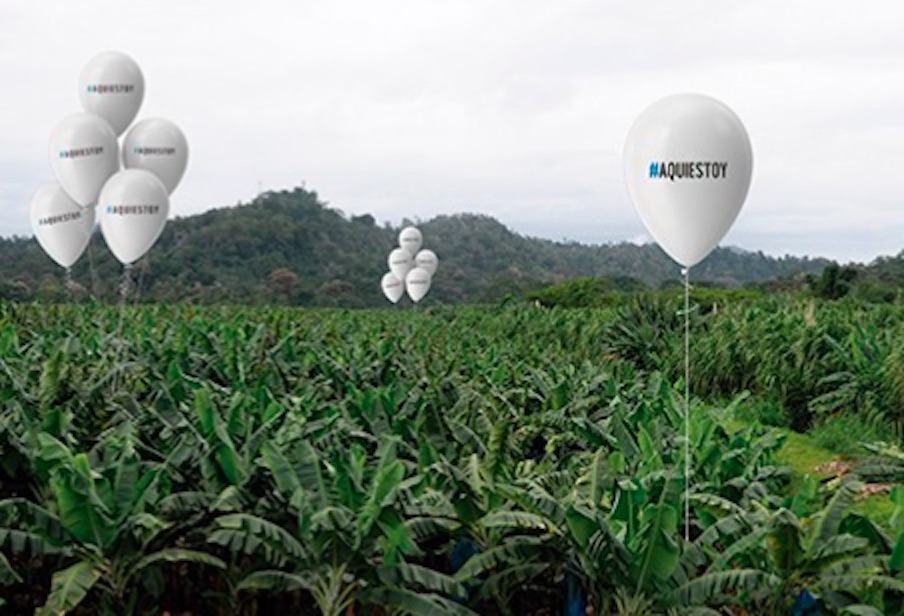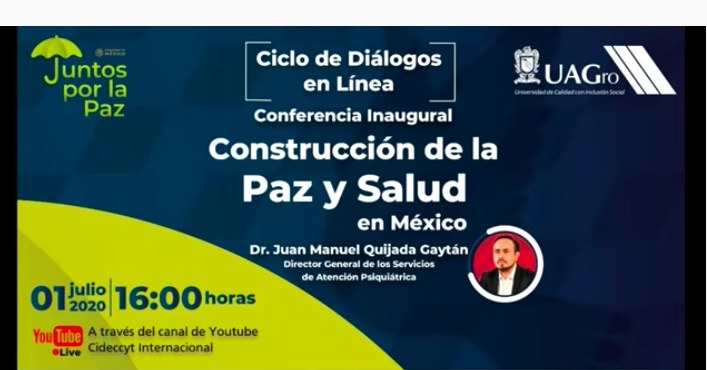FREE FLOW OF INFORMATION . .
An article from Diario Occidente (translation by CPNN)
Generating a culture of peace, eradicating violence, promoting conciliation and respect for Human Rights and advancing in the eradication of illicit crops is the challenge set by the Valle del Cauca Peace Secretariat.

For this reason the Secretariat is active in the sectors where there are conflicts such as Buenaventura, Florida and Pradera. In 2021 they will promote four productive projects with youth associations in the Llano Verde sector in Cali where there was recently a massacre.
The Secretary of Peace of the Valley Orlando Riascos, who spoke with the Diario Occidente, also highlighted the importance that the national government should implement the peace agreements in Valle del Cauca.
What projects does the Valle del Cauca Peace Secretariat have for 2021?
We will continue to guarantee the functioning of the Departmental Peace Committee and its local campaigns. We have projects for the different communities, what are called productive peace territories, projects for those who were reintegrated and for those who were victims of the armed conflict and continuation of the humanitarian aid that is needed.
What productive projects are they going to promote?
We will promote four projects in Llano Verde where there was a murder of young people; we have contacted youth associations there and we are going to invest in them. Similarly, in Dagua, Cartago and Seville, our projects will assest where people already have a resource, an innovative company. We will provide resources and technical training so that they have the possibility of being autonomous in generating employment.
And with the national government?
We want the peace accords to be implemented in Valle del Cauca and that involves the issue of development plans for the different sectors of Florida, Pradera and Buenaventura. We need the private sector to make a greater presence; there are possibilities to do it in the Zomac Areas that were most affected by the armed conflict where they should invest their resources and build works that generate taxes. With the national government we have been working on a special program targeting the illicit crops in Jamundí and Florida so that these crops can be eradicated and peace can be achieved in the territories.
What is happening in Colombia, Is peace possible?
Are there difficult sectors on the issue of peace in the department?
Yes … the armed conflict in Valle del Cauca is not the same today as in Cauca or Nariño, fortunately there is a decrease in the armed conflict but we have the presence of irregular groups in the Garrapatas canyon, in the Pradera and Florida area, in Buenaventura and Jamundí, due to the drug issue that is complicated. Last year we had 2,329 hectares planted with coca in Valle del Cauca, and that promotes armed conflict. What we want is for the national, departmental and municipal governments to be present in the territories and to seek social relief policies for these sectors .
How do you assess what is happening in Buenaventura?
The principle of authority must be guaranteed, illegal groups, drug trafficking groups that are instigating the community cannot be accepted. There must be a very strong presence of the State, but that is not enough by itself. There must be a large inter-institutional presence of the national and departmental governments and the Buenaventura district to implement a policy that addresses ethno-education, social issues, employment and water, satisfying the social needs of Buenaventura. If the State does not act, it gives allows people to accept the proposals of drug trafficking sectors and illegal groups. It is necessary to have a strong military but also social presence, as the governor of Valle Clara Luz Roldán says, a strategy of engagement with the community.
How is the situation of social leaders in the Valley?
It is serious that social leaders continue to be threatened and assassinated. This is an issue that we have discussed at the request of the governor in the past Departmental Peace Council. Security councils have been established, such as a Departmental Human Rights Committee. We have a Human Rights subcommittee and we are dealing with these issues. We ae working with the National Protection Unit, with the police, with the related institutions.
What programs has the Valley Peace Secretariat been implementing?
The development plan of Valle del Cauca includes the building of peace territories. It is in the model of territorial peace that we are working to benefit the families of the reincorporated populations and the victims of the armed conflict, which in the department number more than 500 thousand. We work to ensure that Law 1448 is applied to aid the victims of the armed conflict and to generate productive projects for the reintegrated in Valle del Cauca. Last year the governor agreed to invest in the victims of the armed conflict, an investment in the four-year period of more than $ 88 billion for this population and for the reincorporated an investment of more than $ 1.65 billion in productive projects and technical assistance in coordination with the municipalities.
Has the pandemic affected these peace programs?
Yes, it has affected us a lot because there is an isolation of the community and social sectors due to the issues of unemployment, of hunger that occurs in some sectors. We respond with humanitarian aid in coordination with the Victims Unit of the national government, with resources placed by the Valle del Cauca Government, with the mayors, and we try to overcome the problem of communications through the use of social networks to continue acting with the community where direct contact is difficult.








